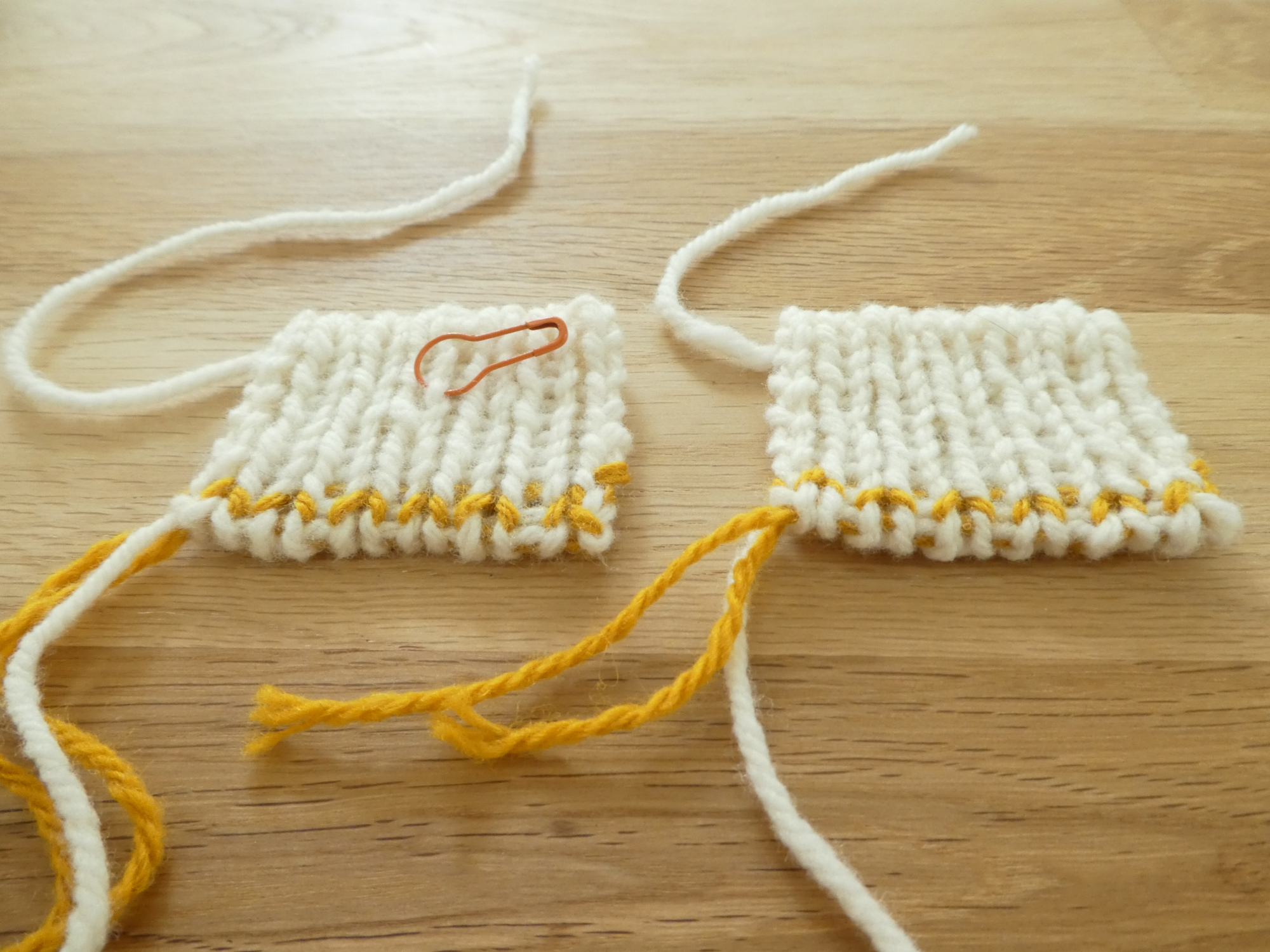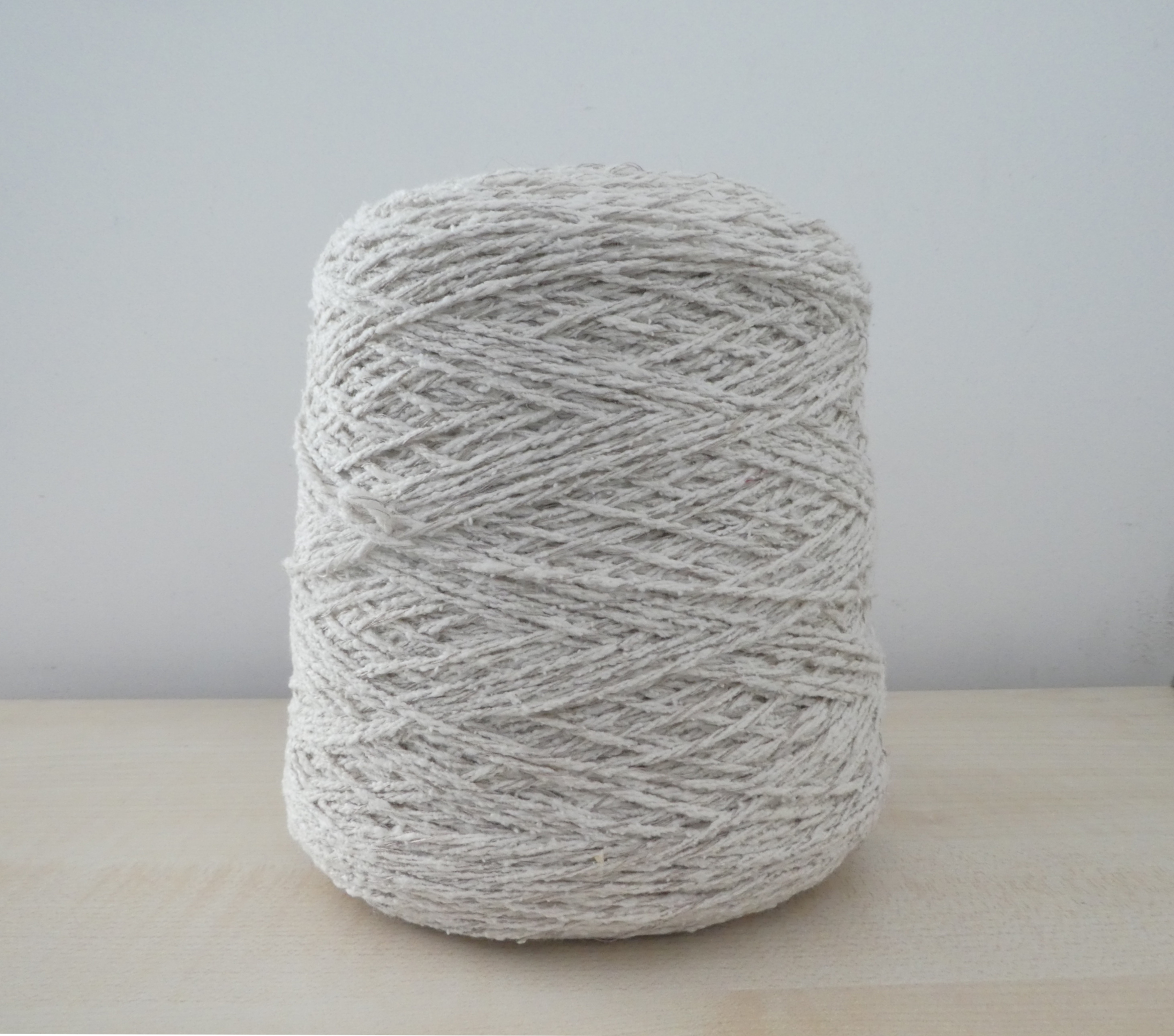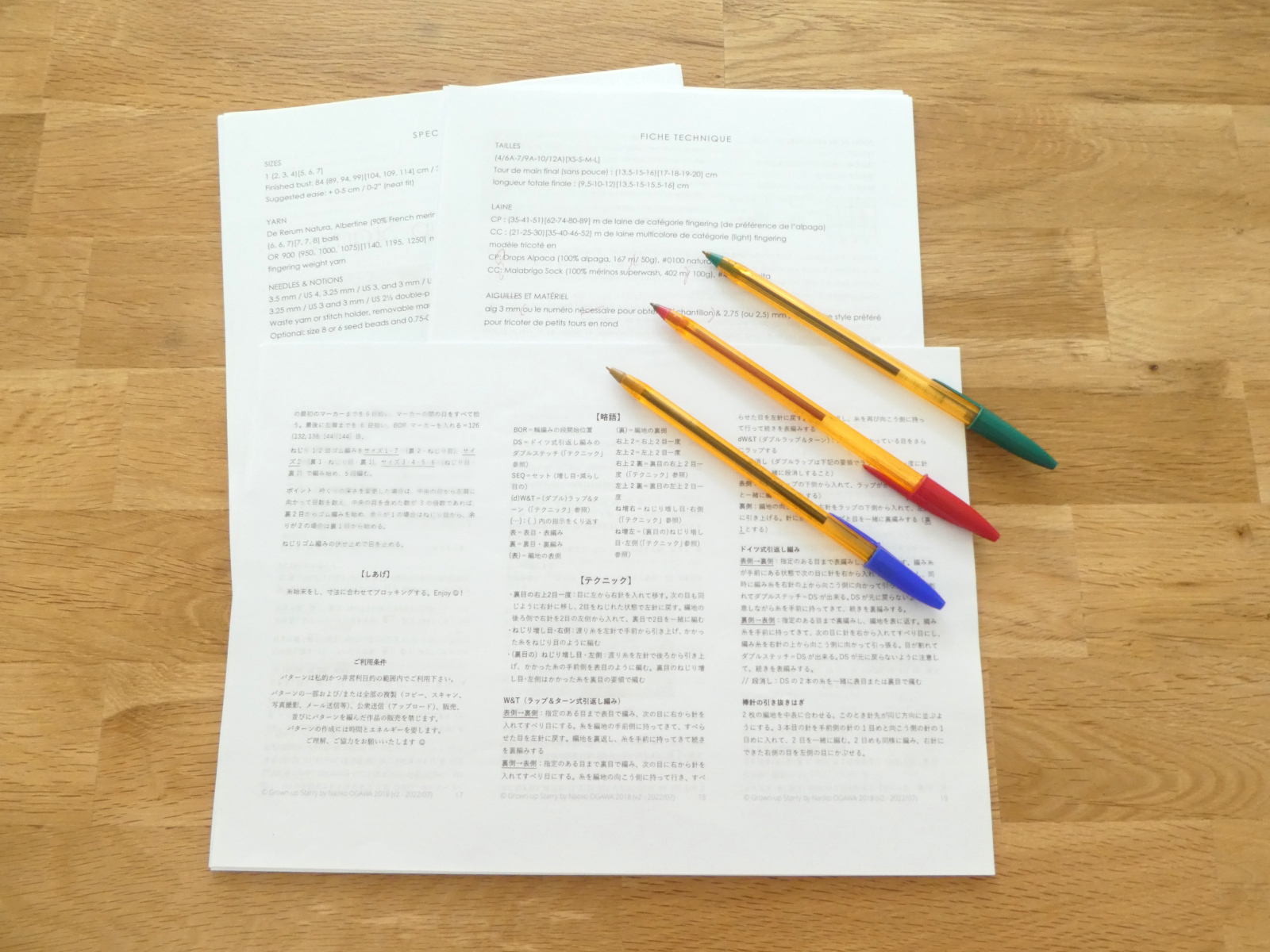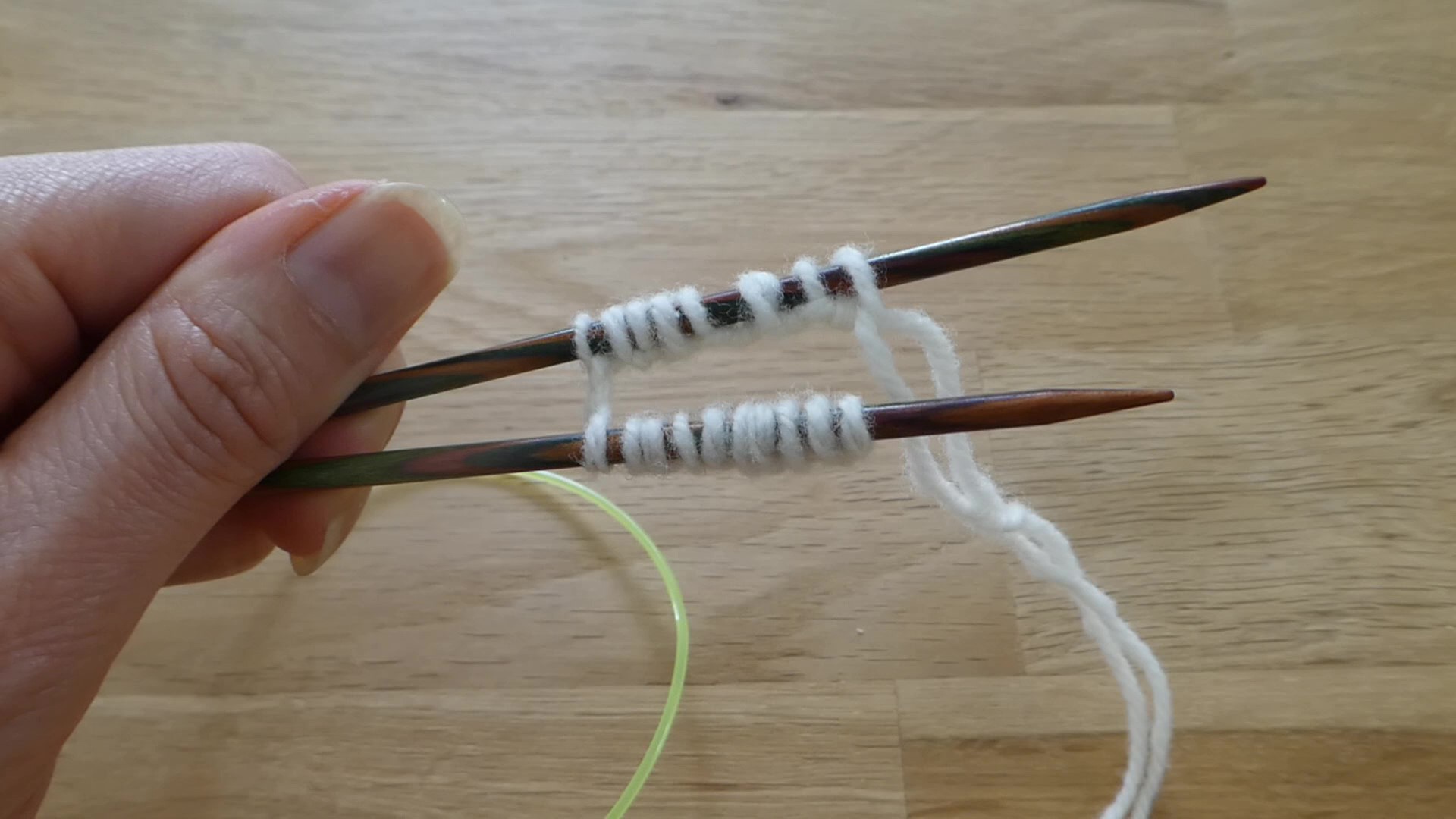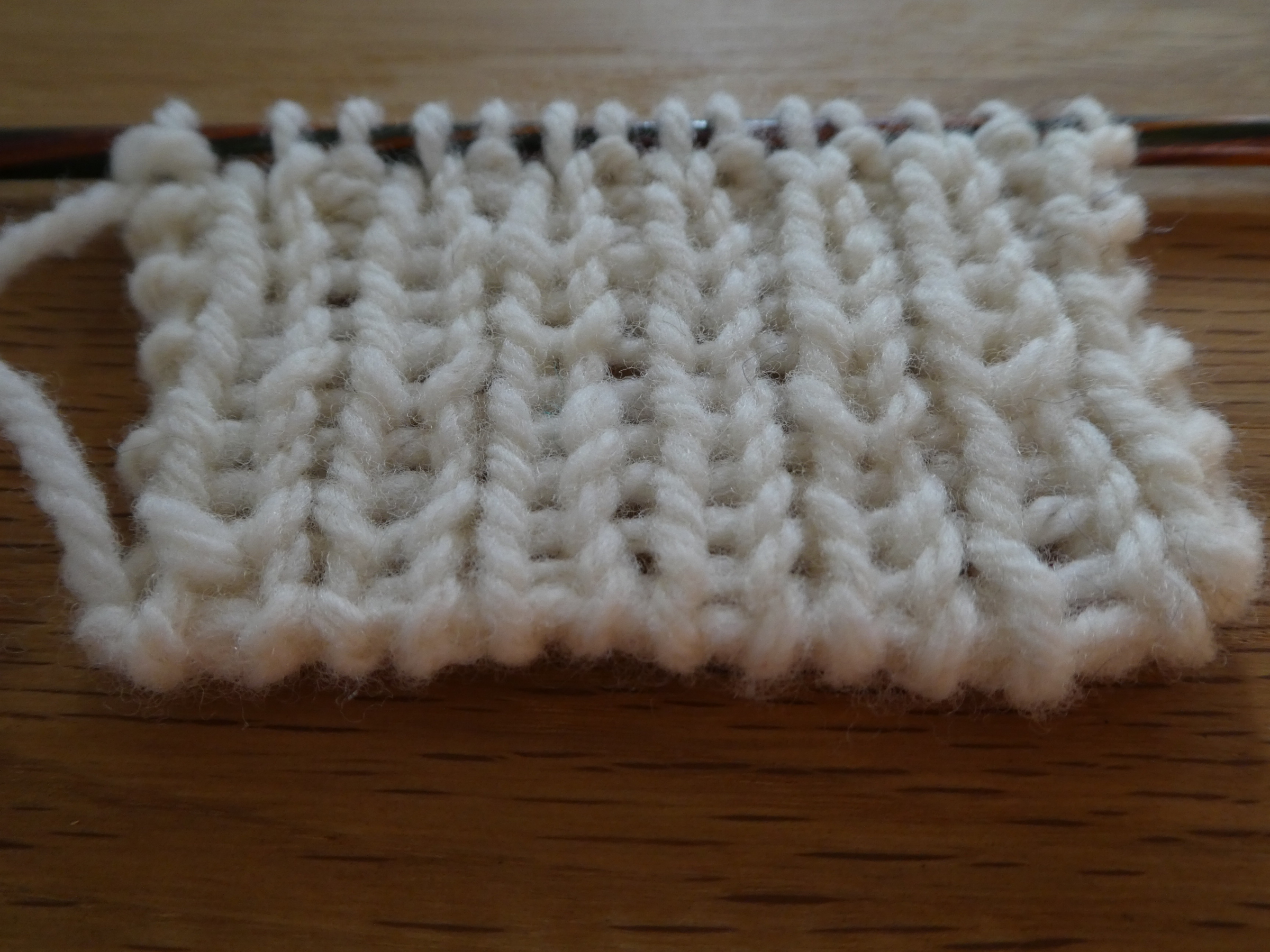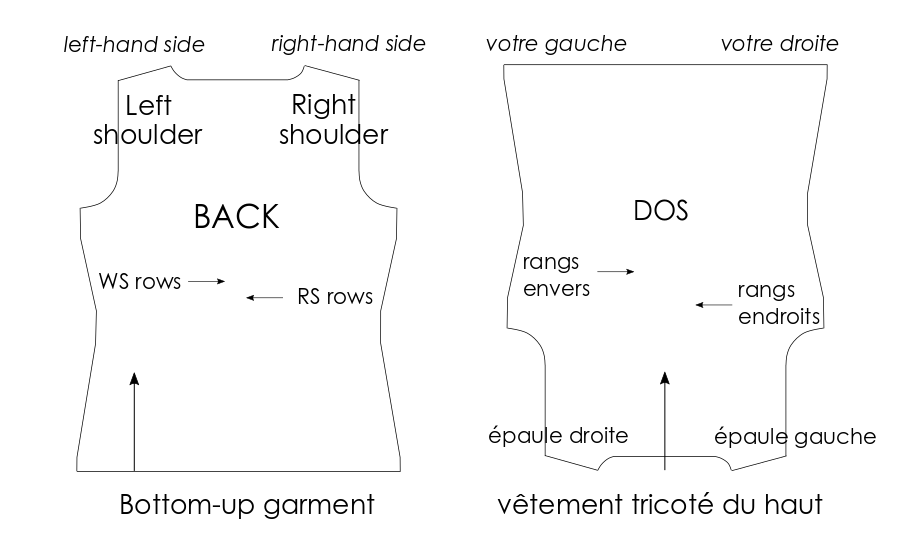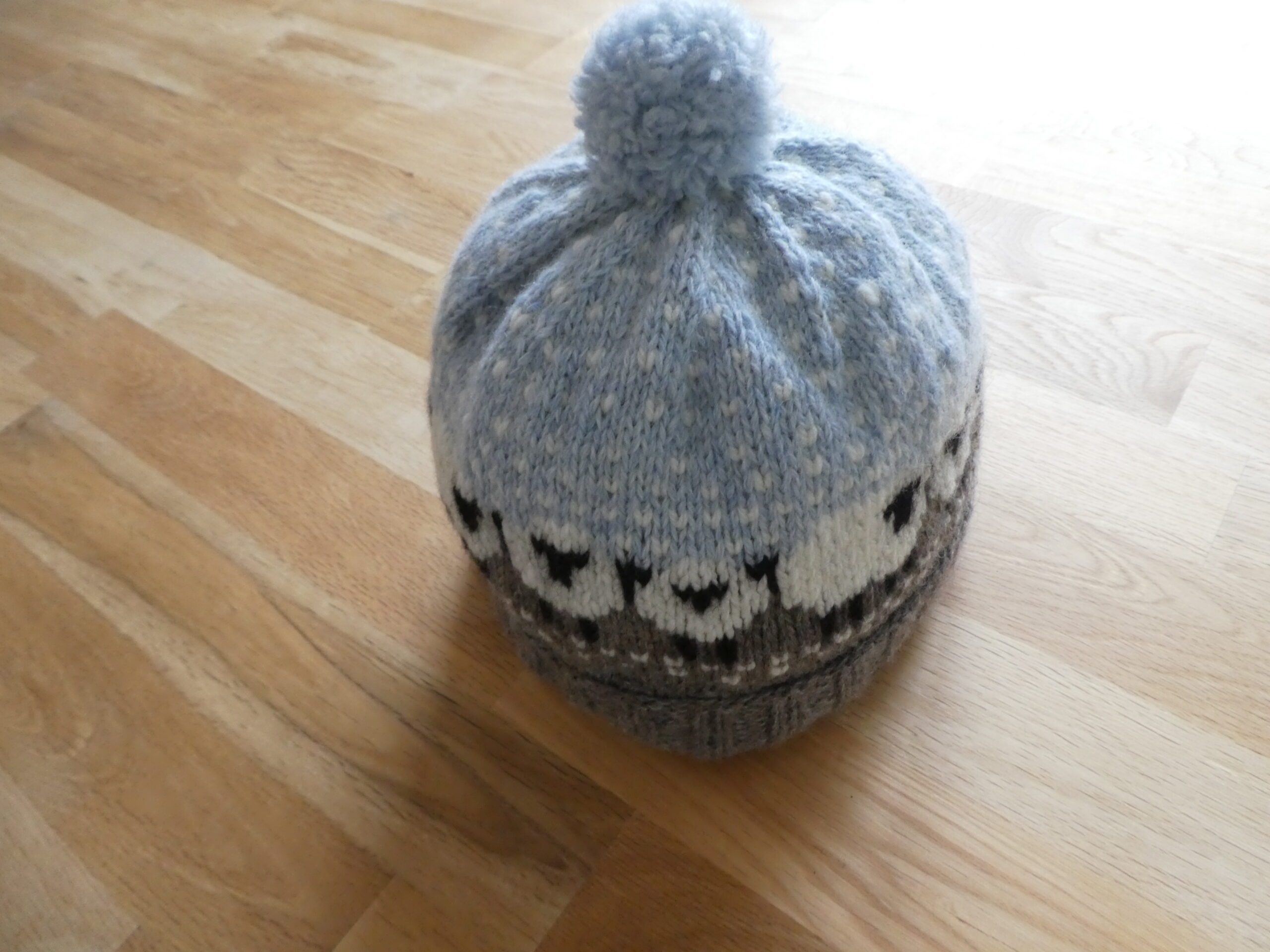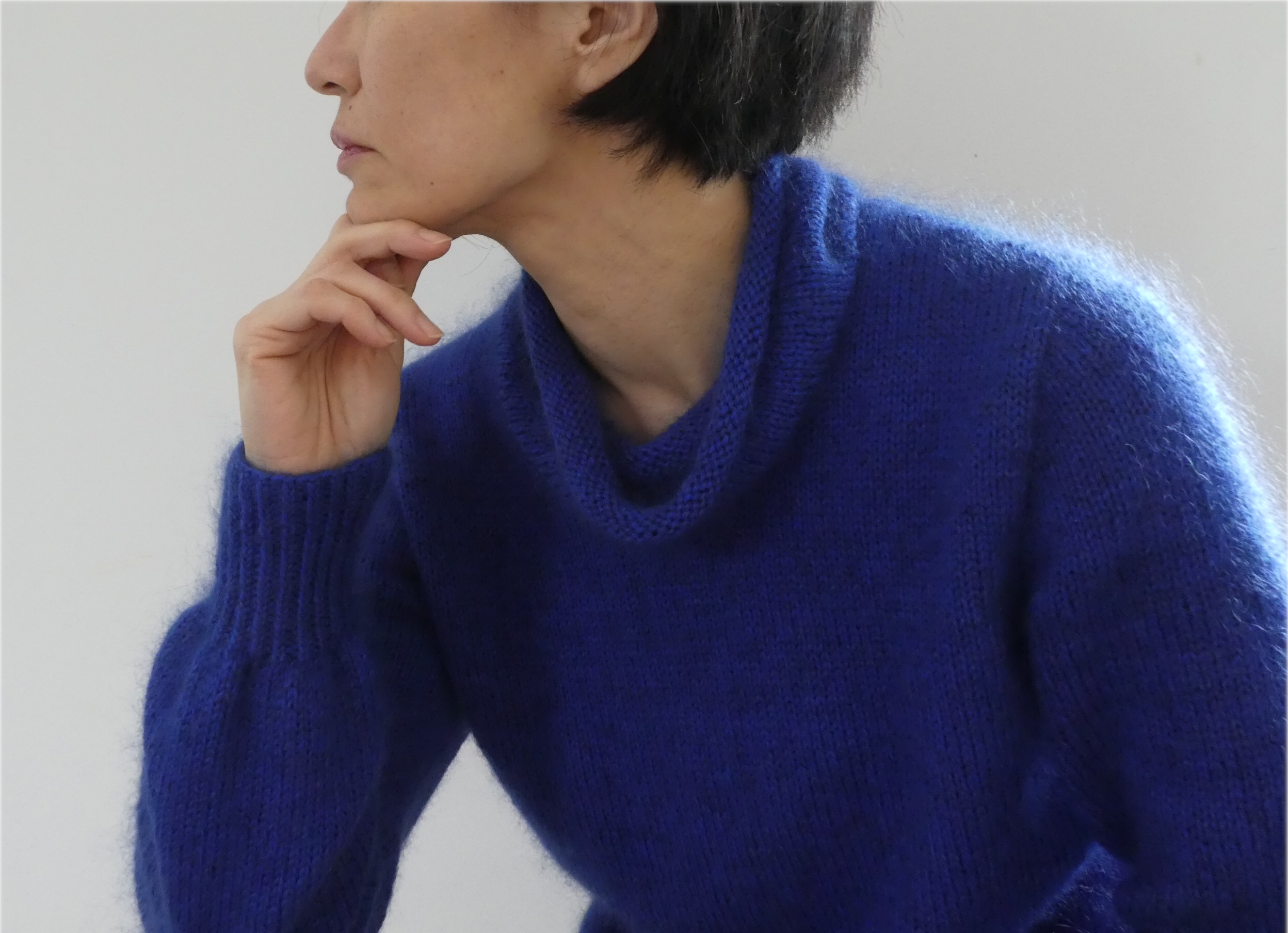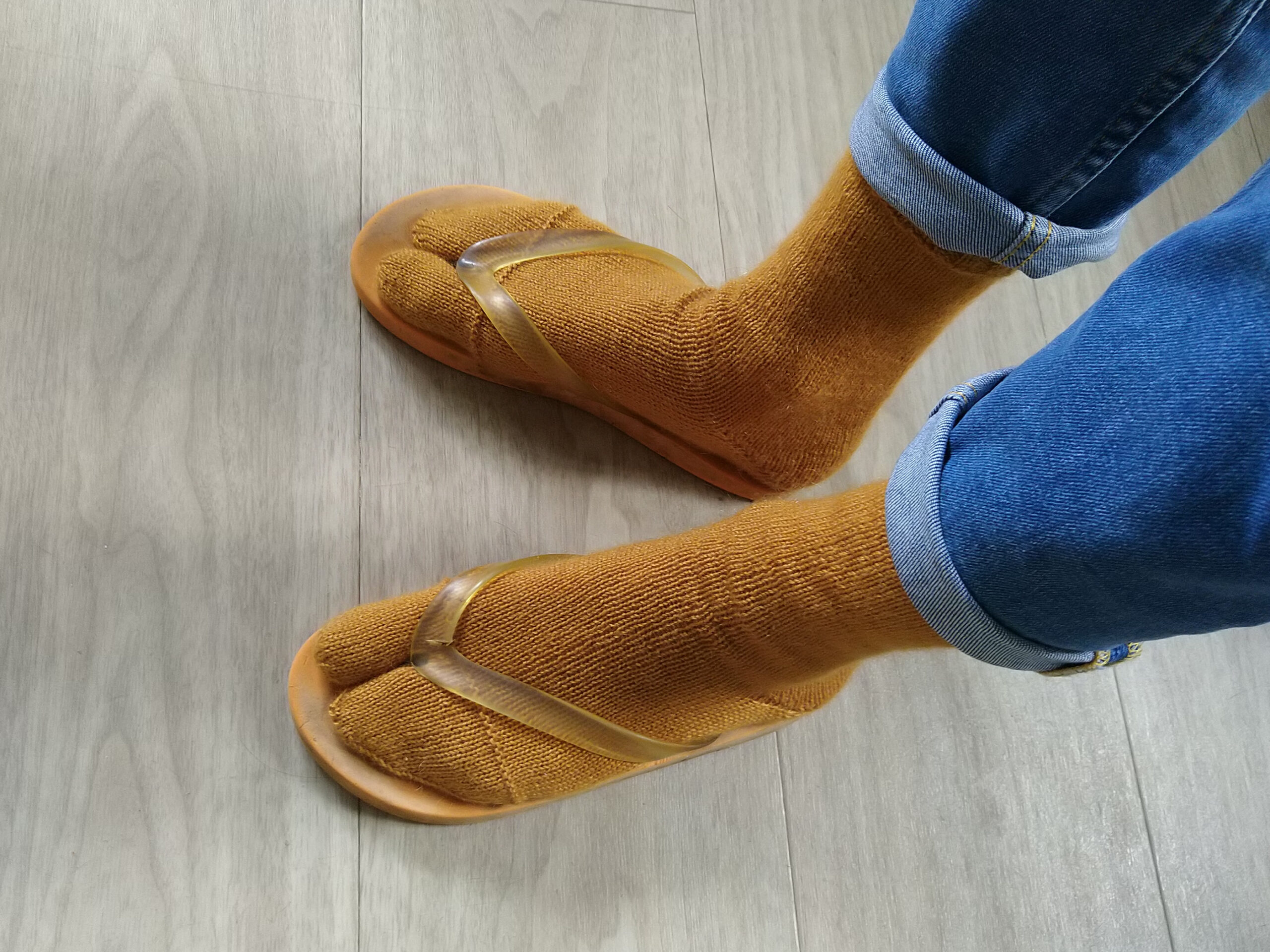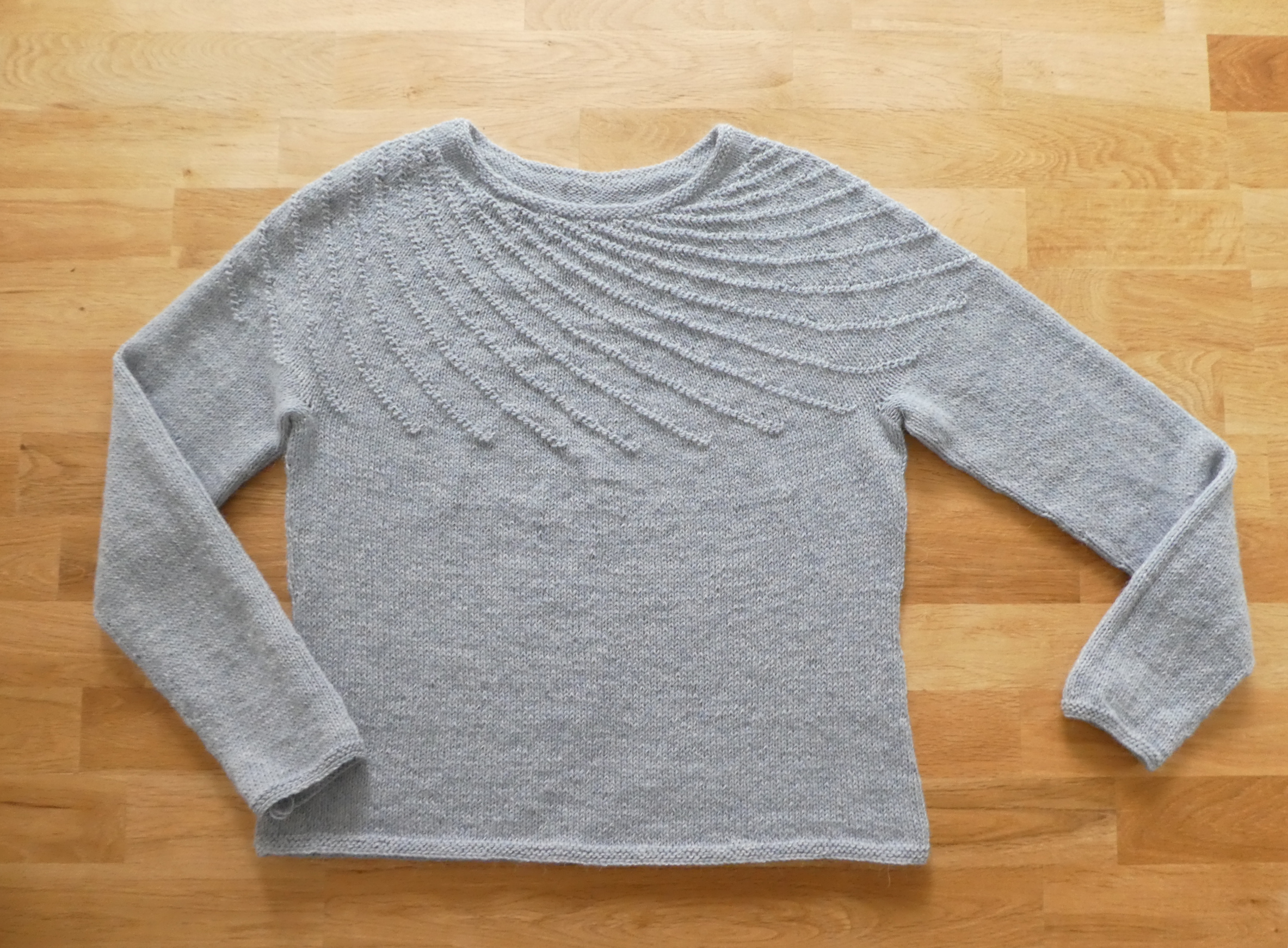Yes, I’m finally back to this series about the tubular cast-on (I have to admit that I forgot about this series lol)!
So the first thing among the lot of things to say is about a little note I inserted at the beginning of the first tutorial in the last post.
Continue reading “Tubular Cast-on Study (justification)”

